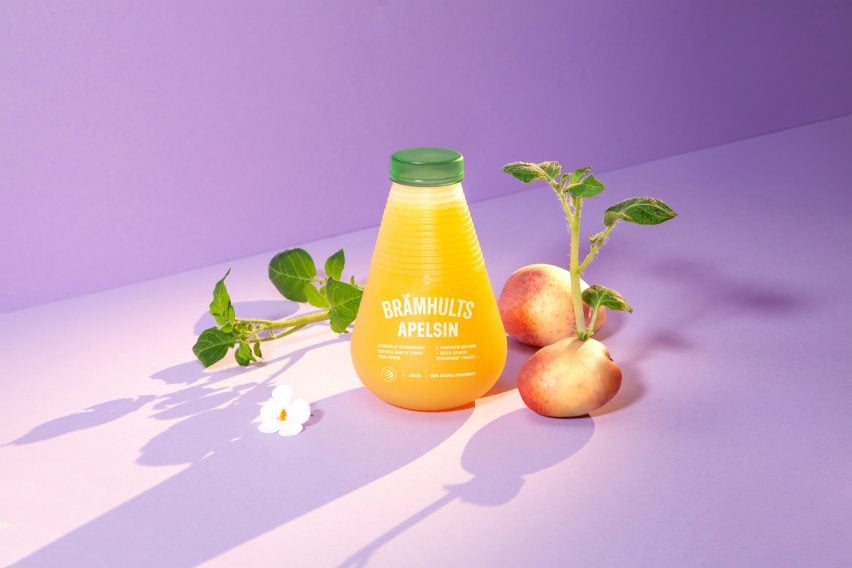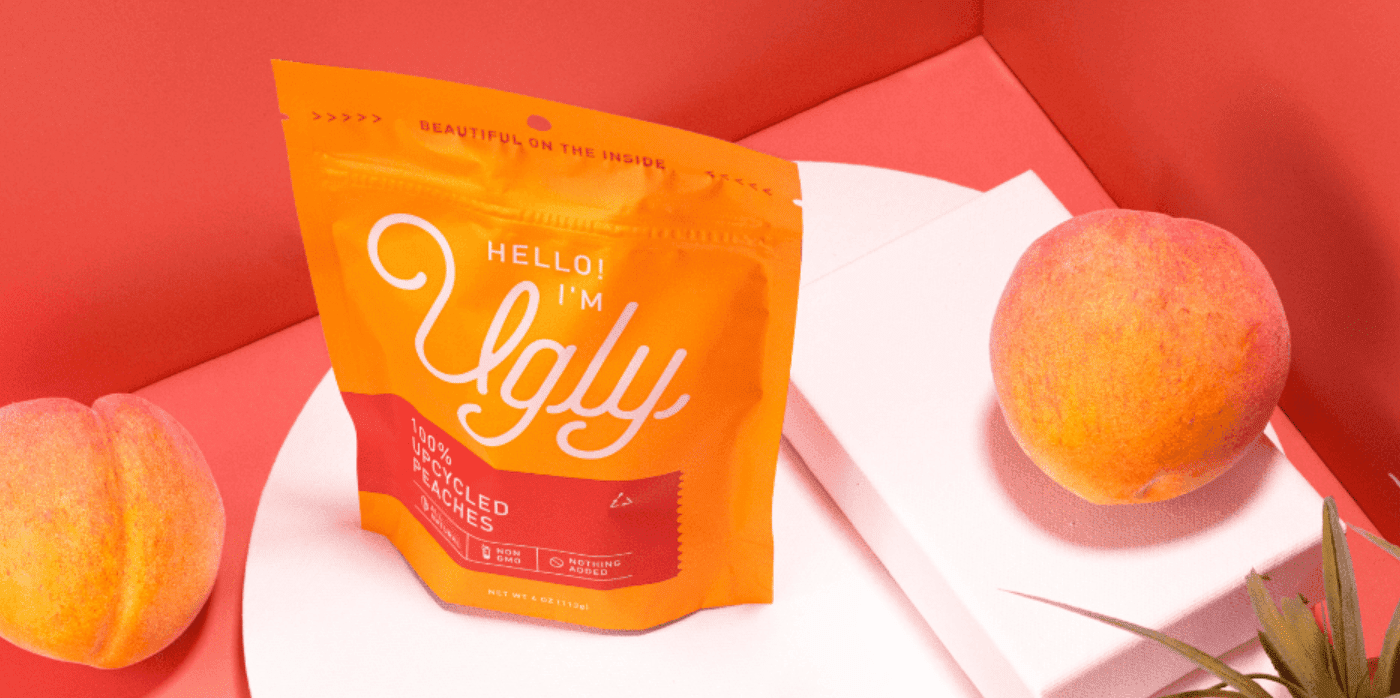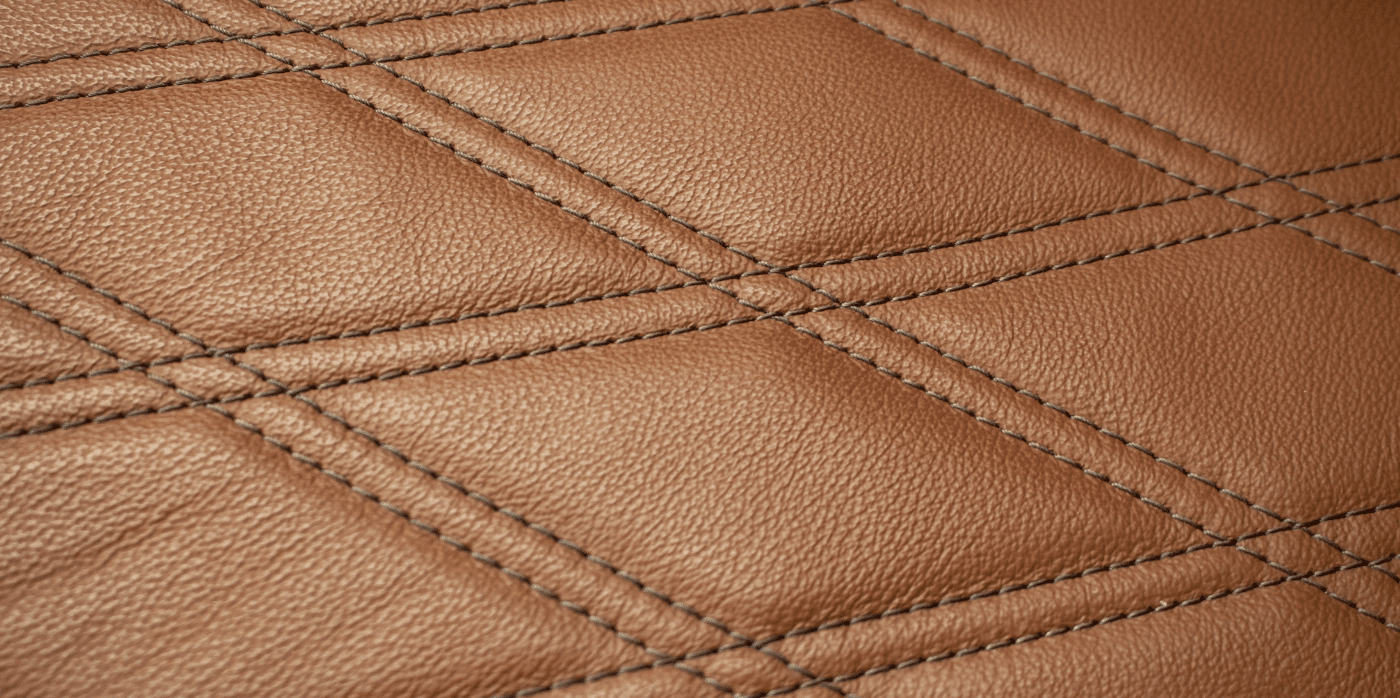GoneShells is an edible juice bottle peeled like fruit
Design studio Tomorrow Machine has created a biodegradable juice bottle made from a potato starch-based material that can be peeled away like fruit skin and then eaten, composted or dissolved.
Called GoneShells, the bottle is currently a prototype that is still being developed by the studio in collaboration with global company Eckes Granini for its juice brand Brämhults.
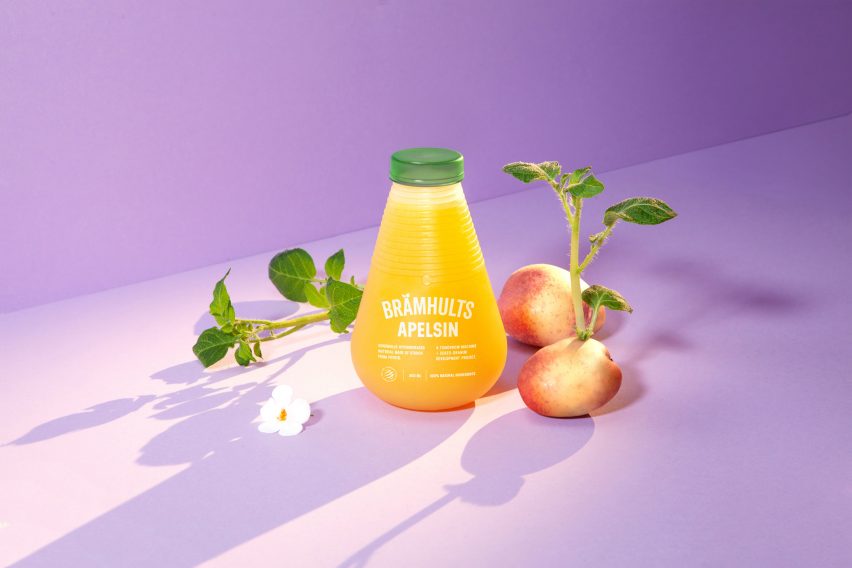
“We wanted a name that symbolised a natural way to protect food, similar to fruit peel or eggshells,” Tomorrow Machine founder Anna Glansén told Dezeen. “‘Gone’ connects to the unique invention behind the material with its multiple ways to make the packaging disappear after usage.”
Curved in shape, the bottle is made from a potato starch-based material and coated in a bio-based, water-resistant barrier on both its insides and outsides to preserve the juice it holds.
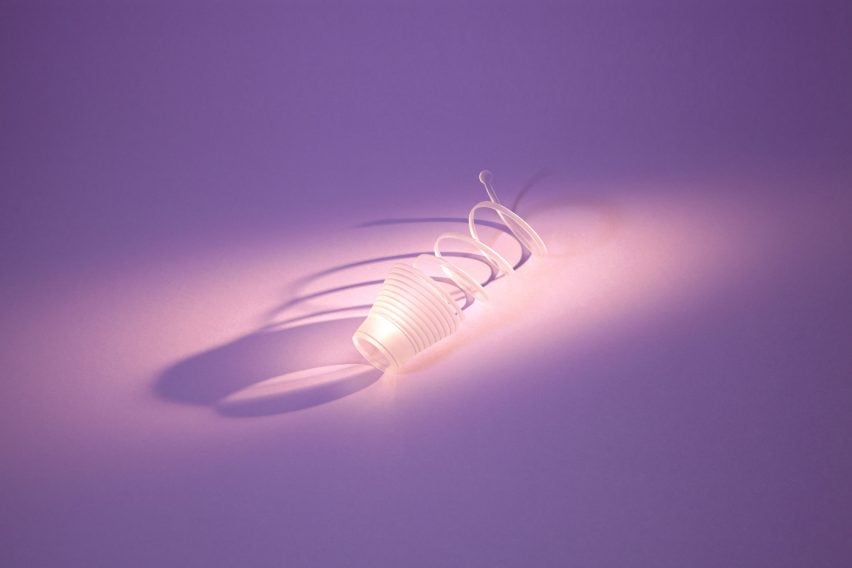
Once the juice is finished, the bottle can be peeled into a spiral formation a similar way to fruit, which breaks its barrier and immediately begins the material’s decomposition process.
After this, the “peel” can be eaten or dissolved in water. Although Tomorrow Machine can’t currently disclose more details about the material, the studio said that it is biodegradable and compostable and does not contain any synthetic components.
“As long as you don’t activate the degradation process by peeling the bottle or tearing it apart in another way it works similarly to a traditional plastic bottle,” explained Glansén.
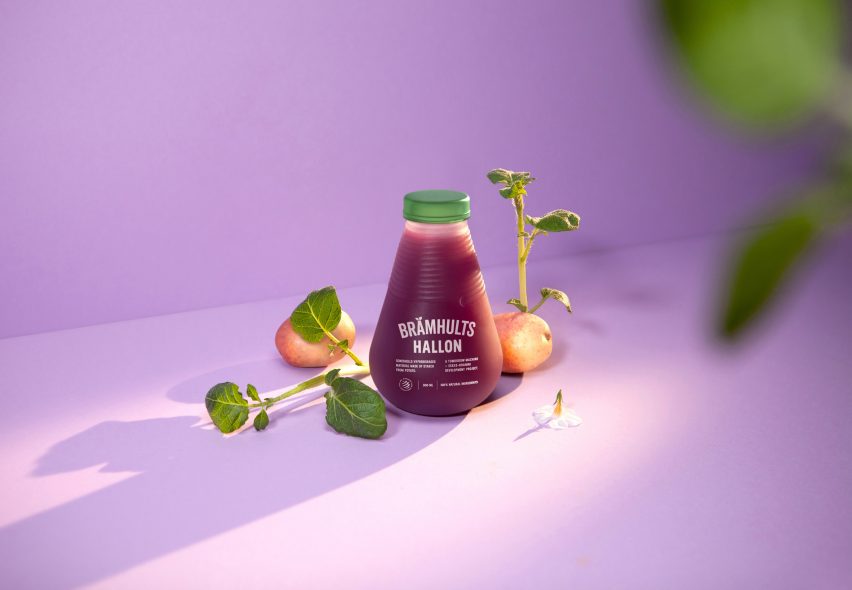
According to its creators, GoneShells can be manufactured using existing equipment designed to process fossil fuel-based thermoplastics.
The material design also aims to tackle landfill and address the lack of recycling and industrial composting facilities in some parts of the world.
“We started this project by asking ourselves, is it reasonable that the lifespan of a package spans over years or even decades when the content inside goes bad after a few days or weeks?” said branding agency F&B Happy, which collaborated on the project.
“By developing packaging with a lifespan that better matched the content inside, GoneShells aims to offer a new form of sustainable packaging, which skips recycling systems in a traditional sense,” it added.
The prototype bottle includes a green top that is also made from the potato starch-based material.
Although the packaging is currently emblazoned with manually foiled lettering, F&B Happy said that it is working on a printing solution “that follows the concept of the bottle”.
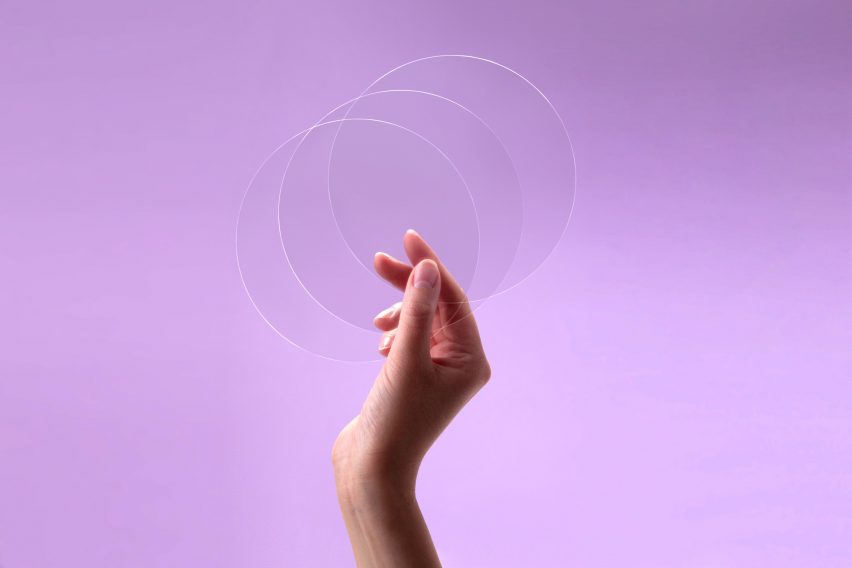
GoneShells was informed by a previous project by Tomorrow Machine called This Too Shall Pass – edible packaging with a lifespan that matched the food it contained.
“We made a series of prototypes but the packaging was never meant to be put into production due to high material costs and complicated production methods,” said Glansén.
The designer explained that the existing manufacturing techniques and more affordable raw materials used to create GoneShells make it a viable product to market.
Increasingly, designers across the globe are looking for more sustainable ways to package products. Australian biomaterials company Great Wrap created a compostable bioplastic alternative to clingfilm made from waste potatoes while Packioli is peapod- and artichoke waste-based soap packaging.
The images and video are courtesy of Tomorrow Machine.
Project credits:
Branding: F&B Happy
Research partner: RISE Research Institute of Sweden
Funding: BioInnovation, a joint venture between Vinnova, Formas and Swedish Energy Agency

